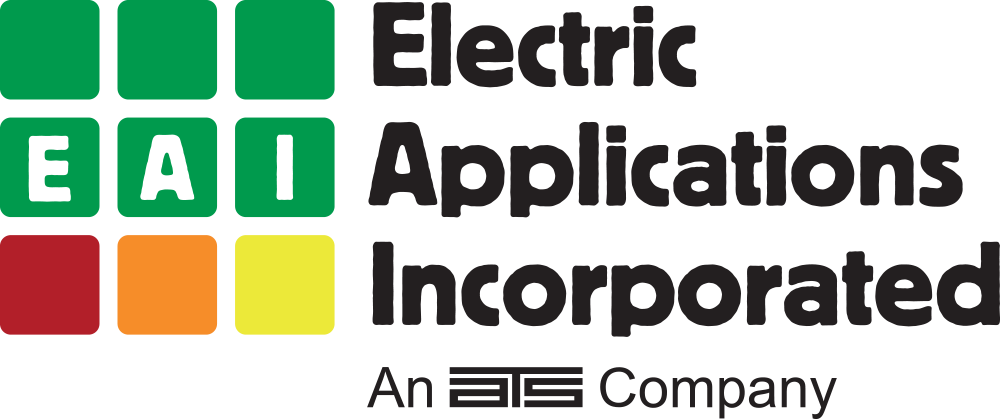December 2002
Electric Applications Inc. staff have been developing infrastructure for the operation of electric vehicles for over 10 years. The major research focus has been the refinement of PSOC/fast-charge strategies for lead-acid battery powered EVs. They have already demonstrated that this mode of operation can provide both acceptable battery life time and extended daily vehicle range. Most of the developmental work in this area has been performed using Genesis batteries manufactured by Hawker Energy Products Inc. In the current study, batteries from Exide (Orbital), Hawker (Genesis), Electrosource (Horizon) and Optima Batteries (Optima) have been evaluated in the laboratory under both PSOC/fast-charge and high-rate discharge duty. Two Orbital and two Genesis batteries provided 580 and 640, and 680 and 730 cycles, respectively, under PSOC/fast-charge (3.6C1) duty. The water consumption of the Orbital batteries was significantly higher than that of the Genesis technology, and it is considered that this loss has affected the cycle-life of the former. It is considered that modifications to the PSOC/fast-charge algorithm, in terms of TOCV or equalization time/current, should reduce the water consumption of the Orbital battery and, therefore, improve its cycle life. Three Horizon batteries were operated under PSOC/fast-charge duty. The first two units, which had been operated in a previous EV testing program, provided 425 and 450 cycles before failure. The third battery, which was obtained directly from the Electrosource factory, performed 485 cycles. All the modules experienced a high degree of water loss during operation, and it is considered that this factor contributed significantly to their relatively poor cycle lives. As with the Orbital batteries, it is considered that modification of the PSOC/fast-charge algorithms would improve the performance of the Horizon modules. Finally, all the Horizon modules experienced significant self-discharge before cycling commenced (i.e., at least 10-15%/month). The first Optima battery operated under PSOC/fast-charge duty provided 428 cycles. On advice from Research Chemists at Optima batteries, a second unit was subjected to an additional formation procedure prior to commencing PSOC/fast-charge duty. This second battery provided 749 cycles and recorded a water loss similar to that of the Genesis batteries.The energy density of the Orbital, Genesis, Horizon and Optima battery types was also measured at rates varying from C3 to 0.2 C1, after the completion of 60 standard cycles (100% DOD, C1 rate). The energy densities obtained for the batteries was in the following order (highest to the lowest): Horizon > Optima ³ Genesis > Orbital.The cost of the lifetime Ahs delivered under PSOC/fast-charge duty has also been calculated. This is expressed in Ahs/initial cost (US$) and is based on current prices. The Genesis, Orbital, Optima and Horizon batteries provided 222, 180, 169 and 69 Ahs/initial cost, respectively. Hence, the Genesis battery is the most cost-effective option in terms of Ahs/$, although its energy density is slightly less than that of the Horizon and Optima technologies. Electrosource predict that they can reduce the cost of the Horizon batteries by almost 50% in the short to medium term. If this is achieved, the cycle life of the battery stills requires significant improvement before it can become cost-competitive.

